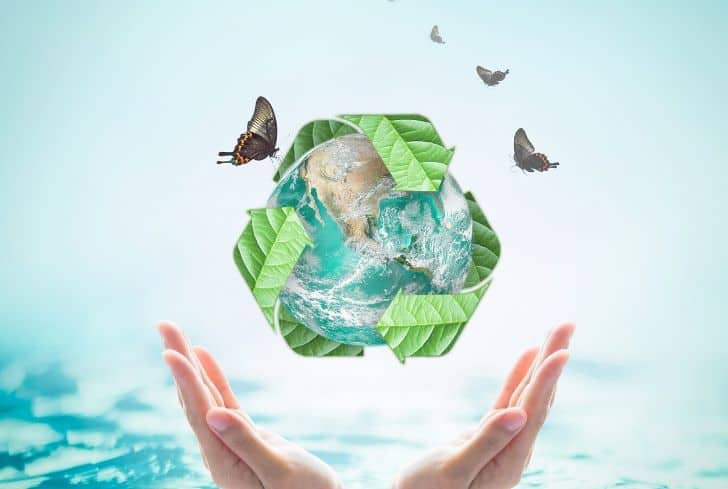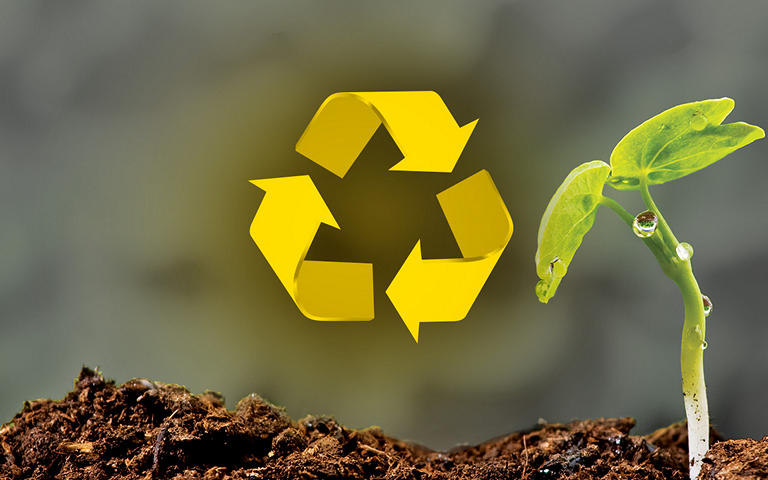In order to recycle plastic, the following processes must be followed:
- The consumer’s responsibility for waste disposal
- Separate recyclables from non-recyclables
- Colour and kind of polymer sorting
- Polymer and colour granules production;
- Pellets are sold to companies that make products.
High-quality plastics can be made from recycled resources that haven’t been polluted. Low-quality plastic could also be used in construction supplies and textiles when contaminated garbage is processed. It’s ideal that recycled plastics are used for a long period of time. They can be used to enhance the characteristics of asphalt and concrete.
Scientists claim that recycling plastics was usually never economically viable, but it can lead to financial incentives for businesses that use the material in a circular fashion. Raw materials of standard quality are required by manufacturers, although obtaining these can be challenging throughout processing. This issue can be remedied by improving the recycling rate as well as the quality of the materials that are produced as a result.
E-Waste Recycling
An e-composition waste includes a wide range of materials. In order to recycle e-waste, electronics must first be disassembled and separated into their constituent parts. Pollutants such as paint and brominated components make recycling plastics difficult.
Reduce environmental impact of electronic waste by replacing polymers with biodegradable materials and redesigning circuits to reduce polymer usage.
Most e-waste plastics aren’t any longer recyclable, but they can be utilised to create electricity.
Waste can be used to generate steam, heat, electricity, and even fuel.
A number of advantages can be attributed to this, including:
- Compared to plastic recycling, this saves a lot of energy.
- Does not necessitate waste pre-treatment;
- Waste that has been contaminated or is mixed with other materials can be used;
- It’s a viable alternative to traditional sources of energy like coal and oil.

Disadvantages: Long-term expenditures are required; harmful substances escape into the atmosphere; however, this can be prevented by adding an extra combustion chamber.
Because of the variety of garbage, the release of hazardous compounds (such as monomers and additives from plastics) as well as the high concentrations of carbon dioxide (CO2), incinerators require expensive and sophisticated pollution control systems. If fossil fuels are totally replaced by waste fuel, these issues will be justified.
Plastic that decomposes in the environment
A biopolymer is a polymer made from renewable elements. Microorganisms break them down into water, carbon dioxide, and organic matter.
Disposable gadgets, film, and packaging all benefit from biodegradable polymers. It’s a complex problem that has many unknowns, like the requirement for special facilities for waste disposal, low production quantities and high prices for it, and so on.
As long-term remedies are identified, these issues are expected to diminish. As a workaround, non-biodegradable plastics, when recycled and disposed of correctly, can contribute to the circular economy by reducing the overall amount of greenhouse gas emissions.



